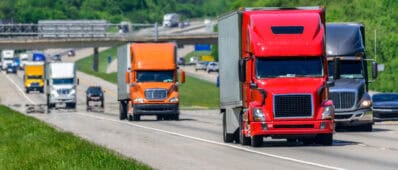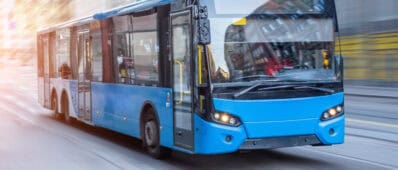Abstract
California is one of the largest producers of perishable produce in the world. This sector supports a large transportation industry that handles the exports of these goods. Starting from the 1950s, the export of produce has gradually shifted modes from rail to truck. This project builds on the initial work from the “Rail and the California Economy” project by examining the potential of shifting the movement of perishable produce in California from truck to rail. The final report provides a review of the state of the California rail system in terms of perishable produce transport and where there have been recent increases in rail modal share; analyzes and discusses the societal costs of trucking; outlines how PPPs (public-private-partnerships) relate to rail and provides examples of rail PPP in California such as the highly successful Colton Crossing project; and proposes a location in Monterey County where government support through a PPP could result in lasting beneficial changes. In summary, although rail is currently a very small player in the transport of California perishable produce exports, increasing its modal share would be beneficial to the citizens of the state by reducing the number of negative externalities. Public entities should consider different ways, such as PPP, to encourage this growth. In areas where the private sector has already invested significant money, some modal shifts for certain crops have already occurred.




